Featured Photo: Connie Page and Rick Kreofsky in some thick early morning fog up Aerie Lane. Photo by Tess Kreofsky.
The spirits of Douglas County birders were undaunted by the trials of 2020. Or perhaps they were simply yearning to get out and do something alive, exciting, and meaningful! In any case, after a quick survey of veteran CBCers in the fall, we decided to go full steam ahead to conduct the 2020 Roseburg-Sutherlin CBC! We had 42 participants this year, one of the highest ever, including some new folks. Long-time CBCers Dale and Elva Paulson stayed home this year and counted birds in their yard. Following are Elva’s inspiring notes and sketches for the day.
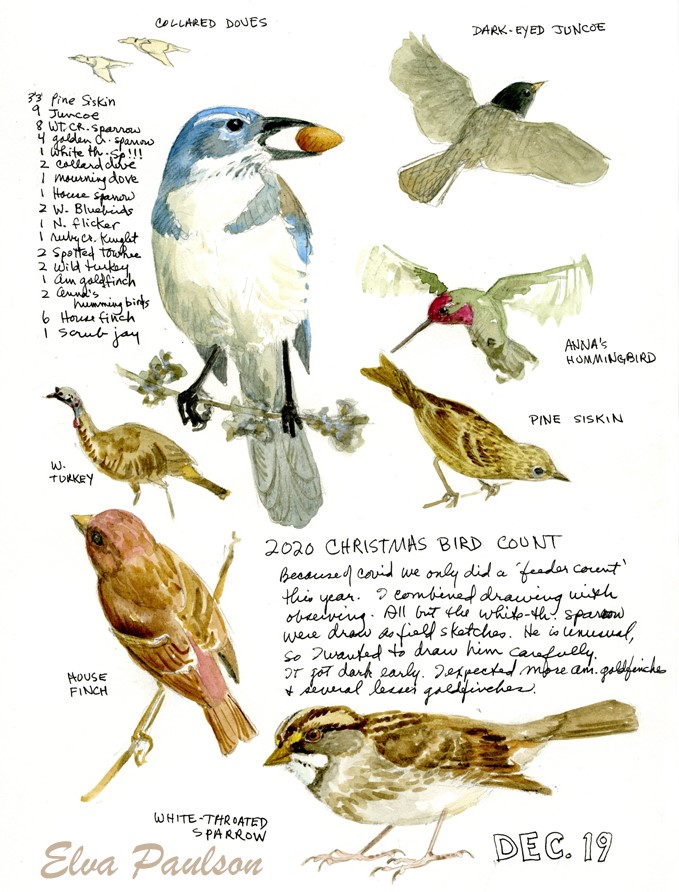
Following are the few brave people that sent me photos of themselves and/or their birding partners:
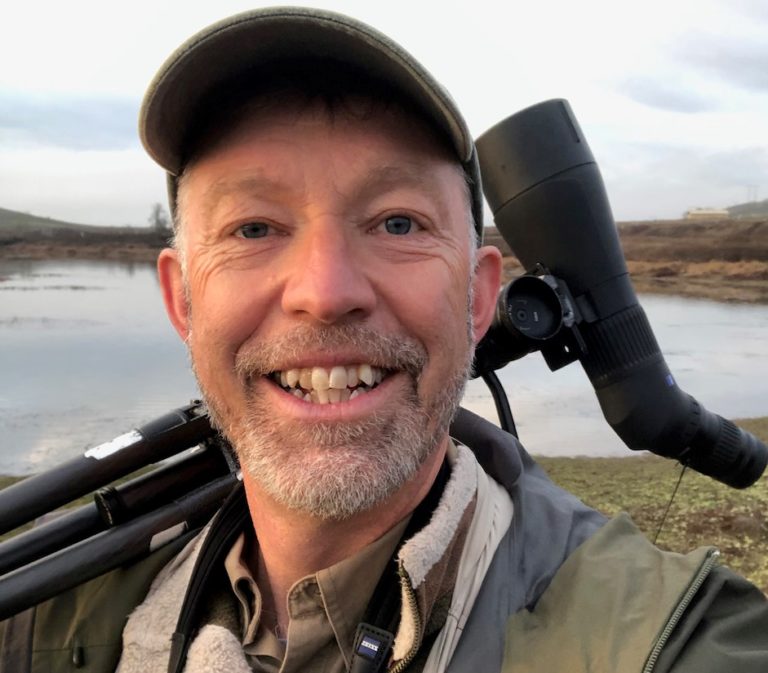
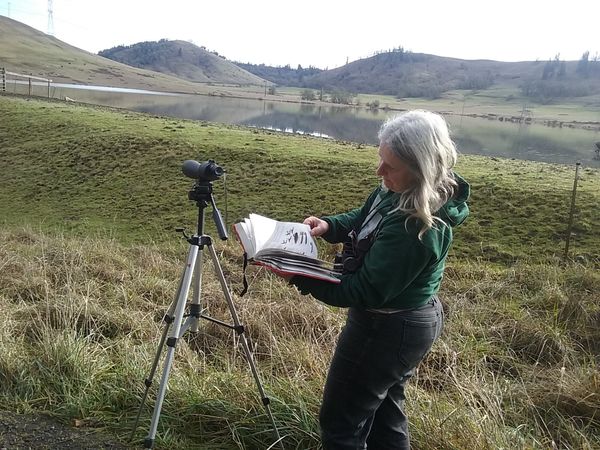
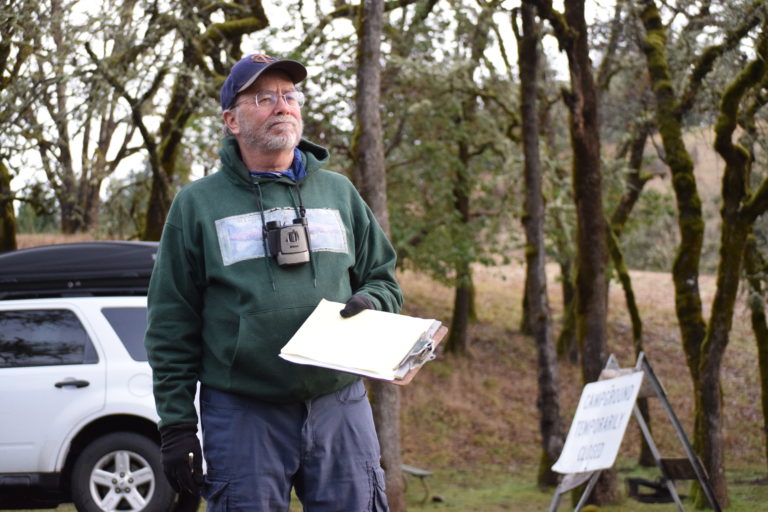

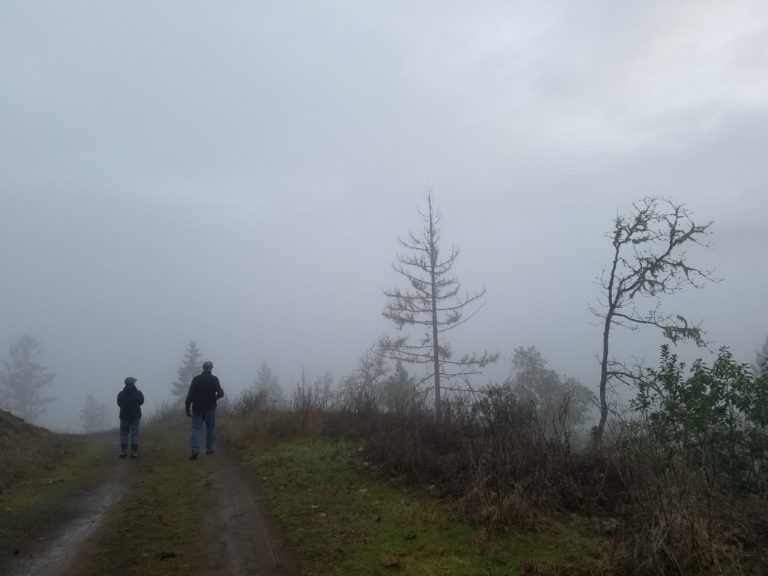

This year we had a total of 19,461 individuals, up from 15,287 last year, but still roughly an average number. Numbers of individuals year to year are highly influenced by large influxes of species such as American Robins, as explained in last year’s summary.
Our species total was 114, up from 106 last year and a bit over the long-term average of about 110. The ten most numerous species this year were: EUROPEAN STARLING (3039), CANADA GOOSE (1559), AMERICAN ROBIN (1289), AMERICAN COOT (1208), DARK-EYED JUNCO (1095), MALLARD (683), BREWER’S BLACKBIRD (677), AMERICAN WIGEON (597), RED-WINGED BLACKBIRD (591), and ROCK PIGEON (480), remarkably similar to last year, but with Rock Pigeon far outnumbering Wild Turkey (289) this year. However, the ten most widespread species, found in 16 or more of 18 team areas were: AMERICAN ROBIN (18), DARK-EYED JUNCO (18), BLACK-CAPPED CHICKADEE (18), WESTERN SCRUB-JAY (18), NORTHERN FLICKER (18), EUROPEAN STARLING (17), MALLARD (17), STELLER’S JAY (17), GOLDEN-CROWNED SPARROW (16), and SPOTTED TOWHEE (16). In contrast, 12 species were found in only one team area and not found by any other team (see links to summary tables below for more detail).
We had four owlers out early this year and one person that participated by only listening for owls at their place, so we had a good showing from some species: BARN OWL (4), WESTERN SCREECH-OWL (5), GREAT-HORNED OWL (19), NORTHERN PYGMY-OWL (5), BARRED OWL (1). We only missed one expected but nevertheless often missed species, the Northern Saw-whet Owl.
No all-time new species were added to the count, which has been run consecutively for about 46 years now. Two species were observed that have been detected 10 times or fewer: BARN SWALLOW (2nd time), BARRED OWL (3rd time). Record high counts were made for an astonishing 14 species including: GADWALL (120, exactly double last year’s record), NORTHERN SHOVELER (437), BUFFLEHEAD (442), GREATER YELLOWLEGS (17), BARN OWL (4), GREAT HORNED OWL (19), NORTHERN PYGMY-OWL (5), ANNA’S HUMMINGBIRD (54), ACORN WOODPECKER (164), DOWNY WOODPECKER (36), BLACK PHOEBE (63), RED-BREASTED NUTHATCH (33), WRENTIT (25), WESTERN BLUEBIRD (247). Perhaps not surprising with all the record highs, we had NO record lows this year!
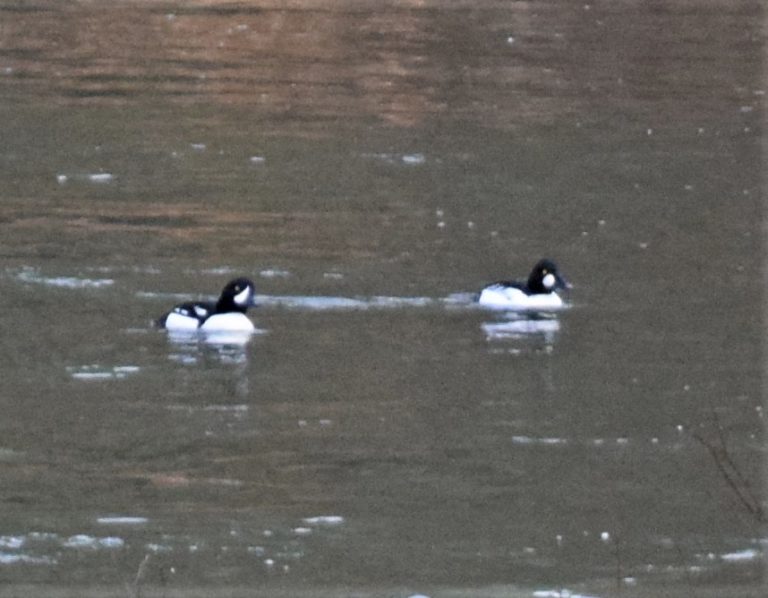
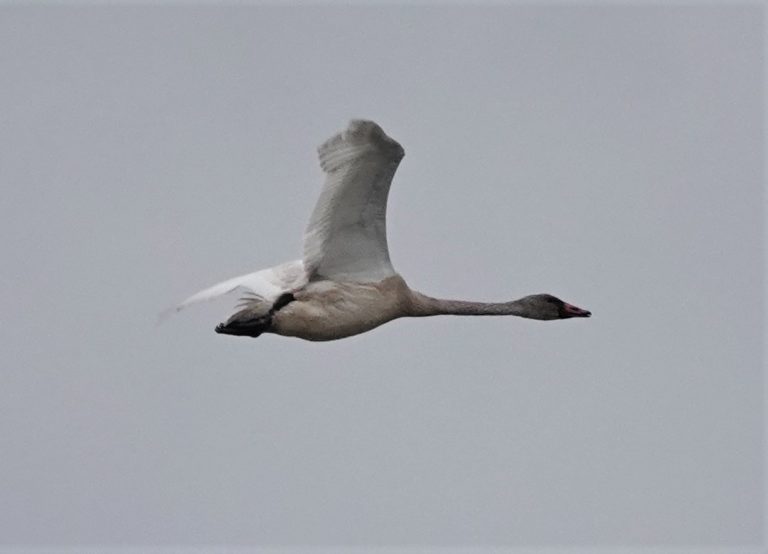
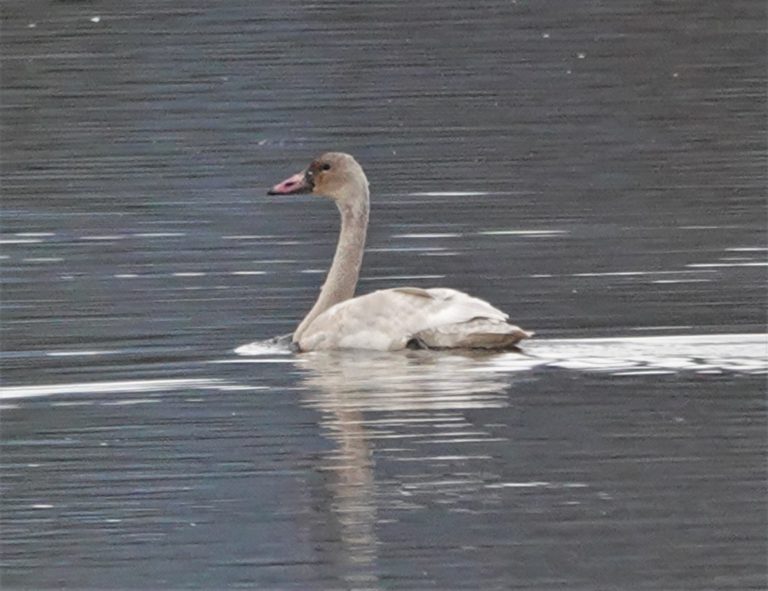
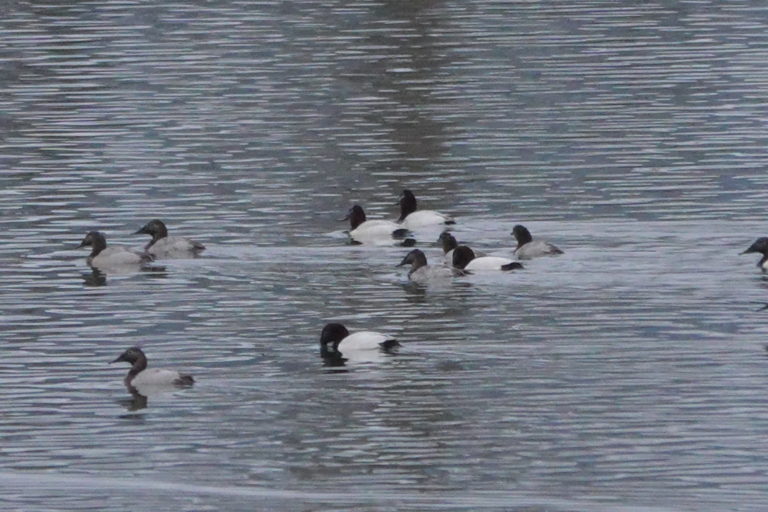
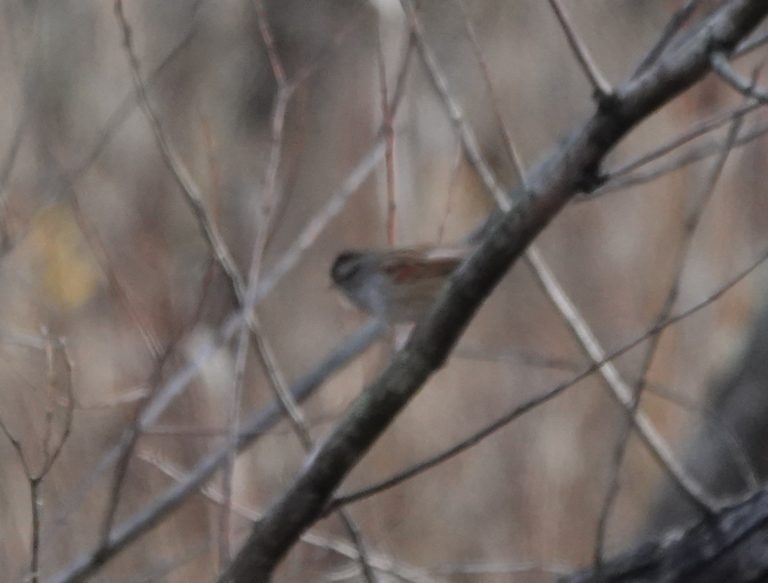
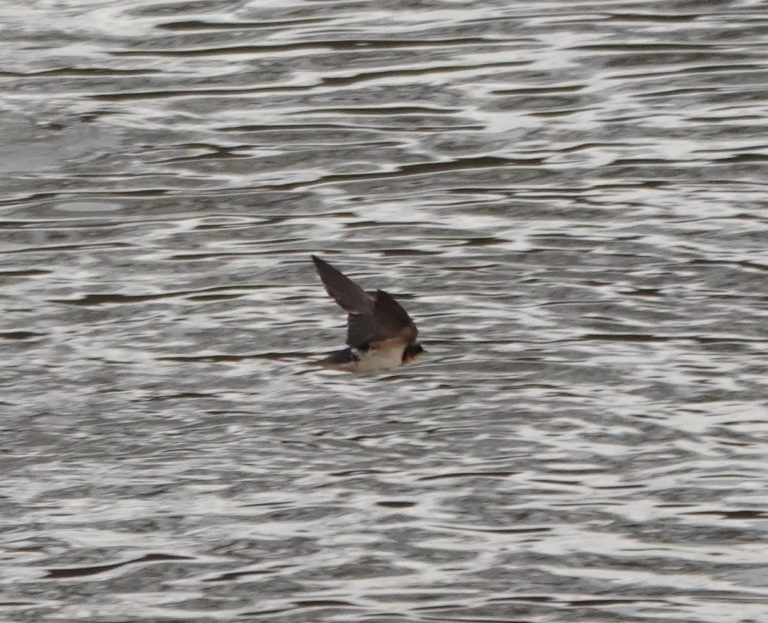
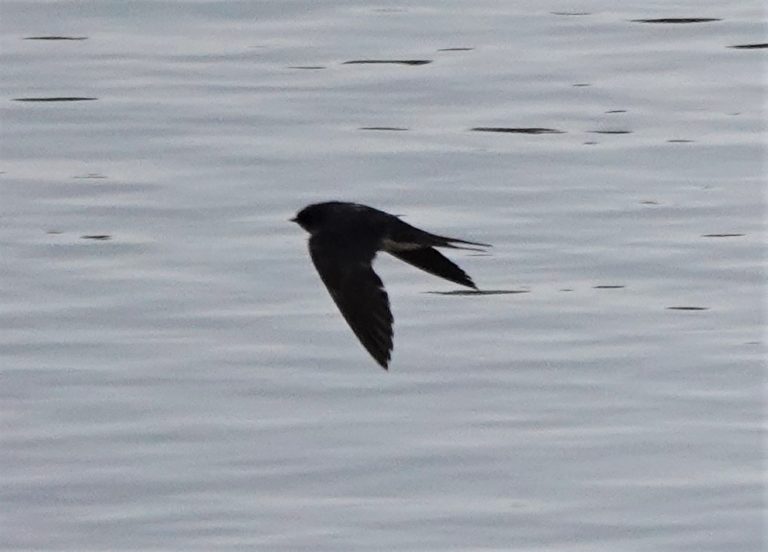
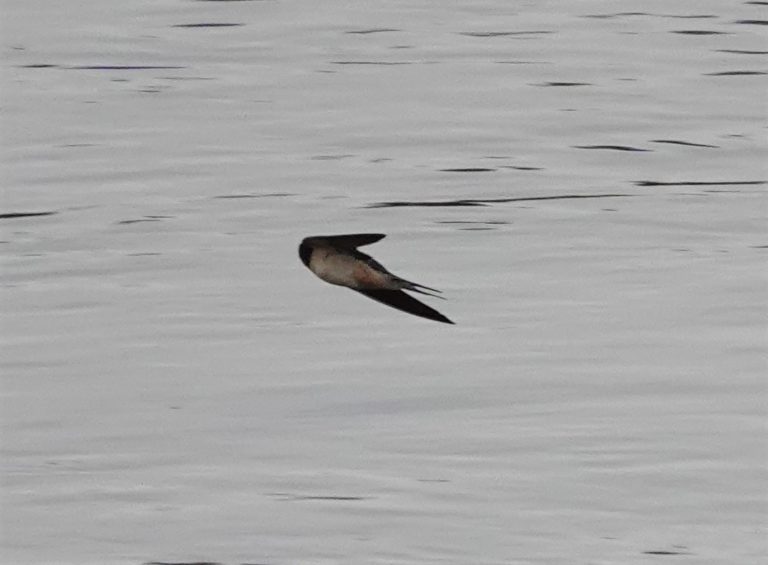
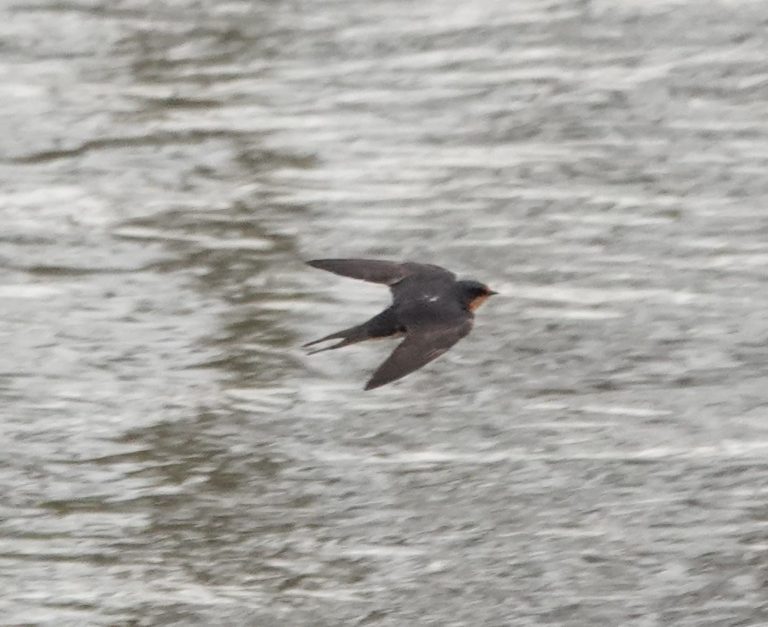
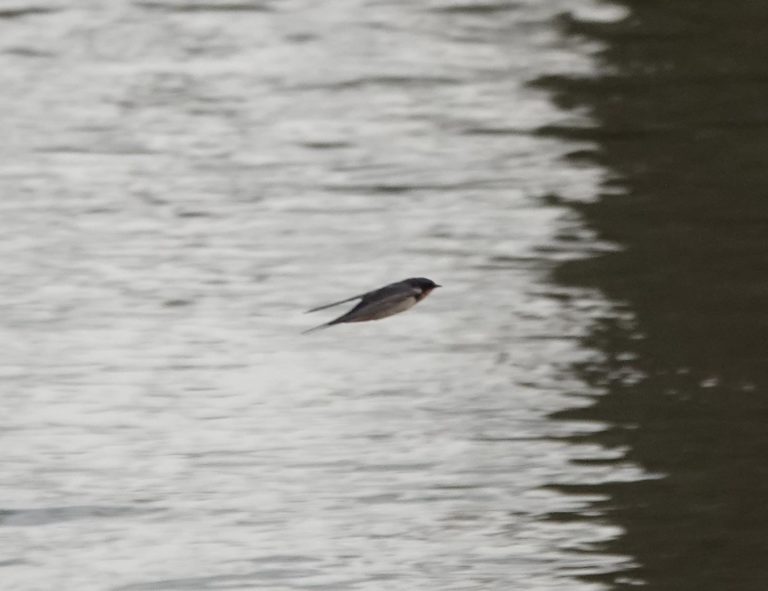
Species missed that have been recorded on 30 or more of 46 historical counts include (and number of counts in which previously recorded): WESTERN GREBE (36), and BLACK-CROWNED NIGHT-HERON (32).
One rare species “got away” for count day. Ken, Sharon, and Keith Phifer had observed at sapsucker with head stripes along Labrie Rd just days before the count, but weren’t able to get diagnostic looks at it at that time. The presence of head stripes could mean a southern (daggetti) subspecies of Red-breasted Sapsucker, or a Red-naped Sapsucker, or Yellow-bellied Sapsucker, so we knew they had found something unusual. The bird was not located on count day. Three days later, I went to the location and was able to find and photograph a nice immature YELLOW-BELLIED SAPSUCKER! So, the bird got away for count day, but will be recorded for “count week” (defined as within 3 days before or after the actual count day), which is just a way to add a little extra bit of detail to the database on species present in the count circle.
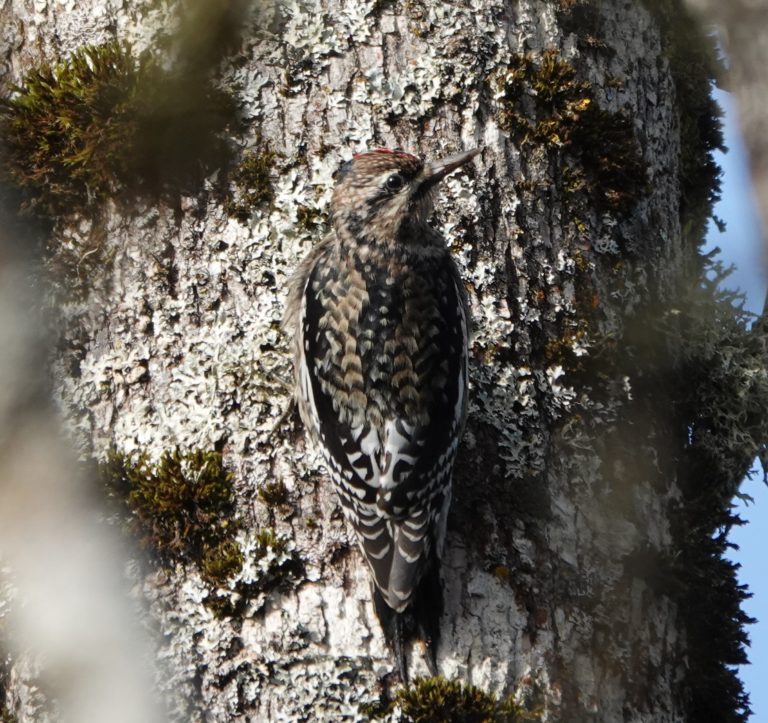
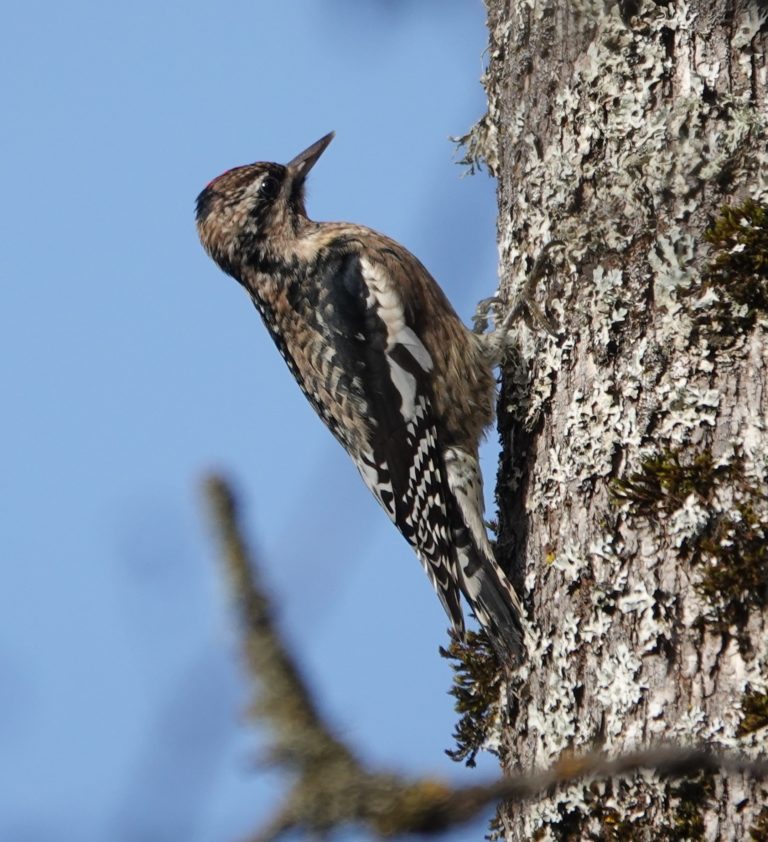
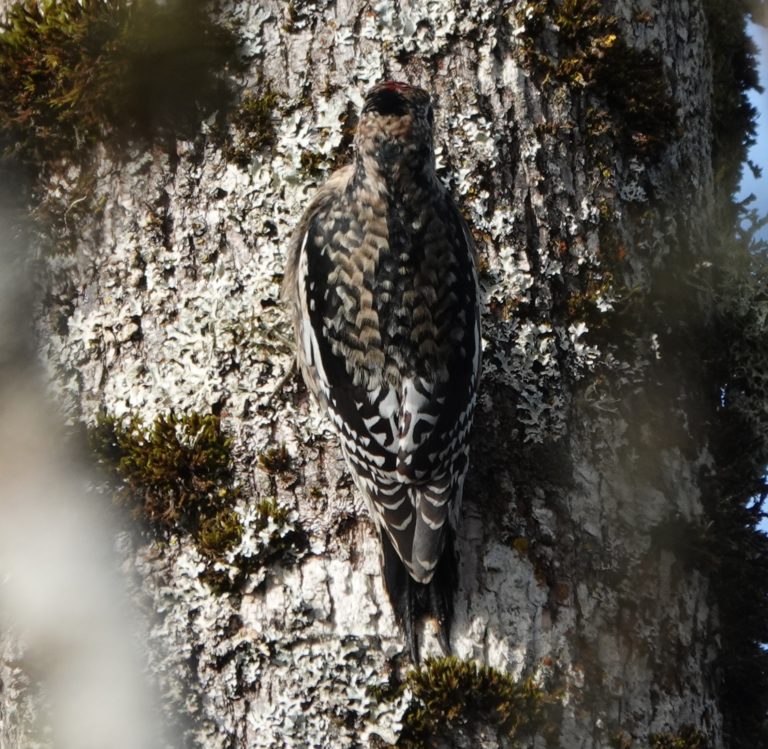
Following are two photo sets by a variety of observers. The first set is water birds and raptors. The second set is landbirds/songbirds.


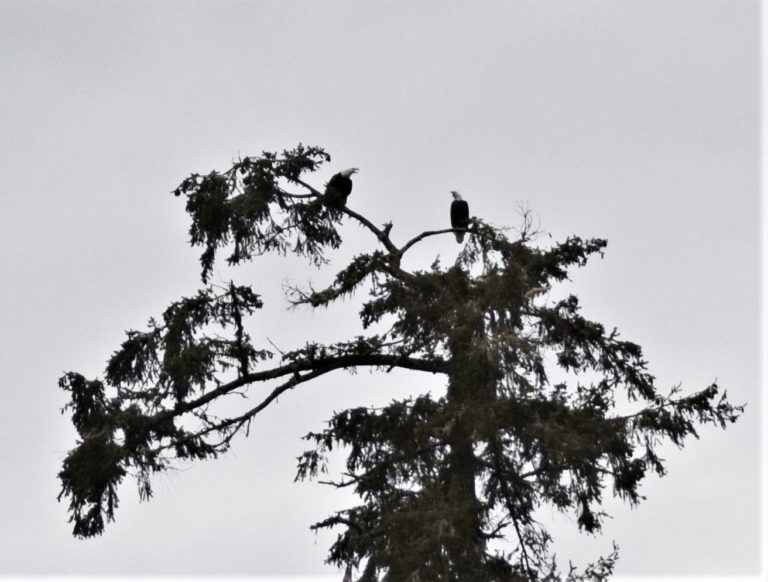
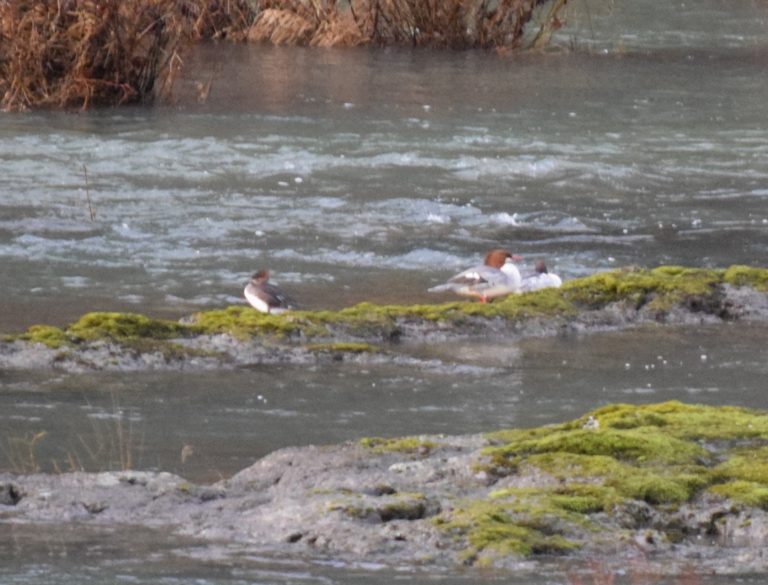
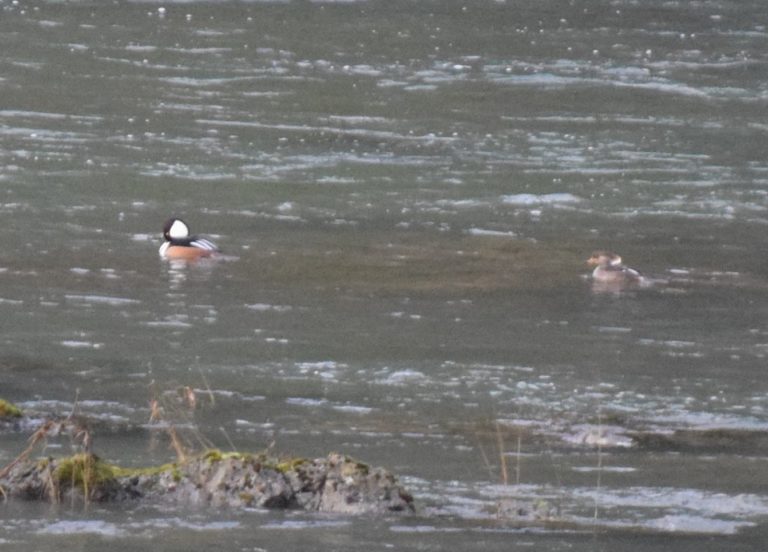
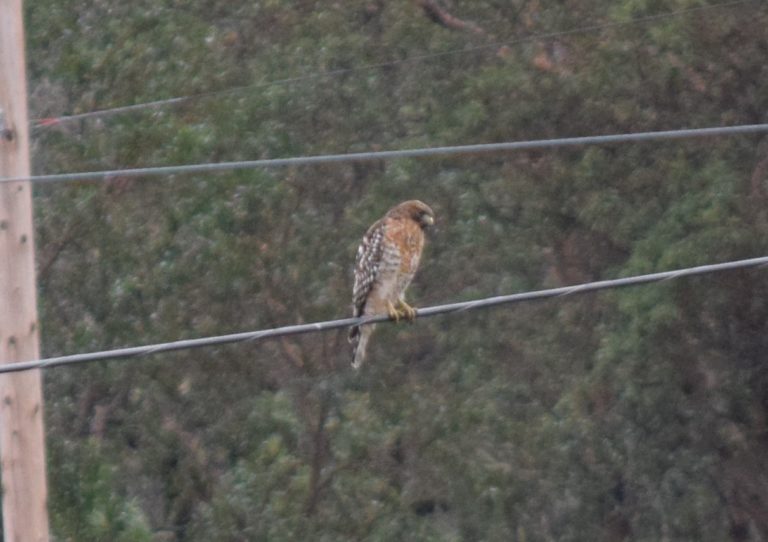
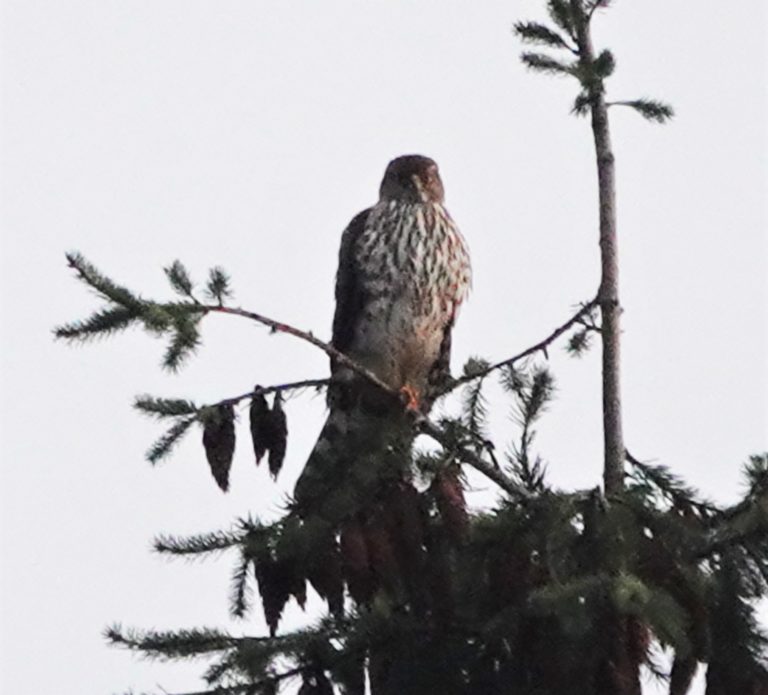
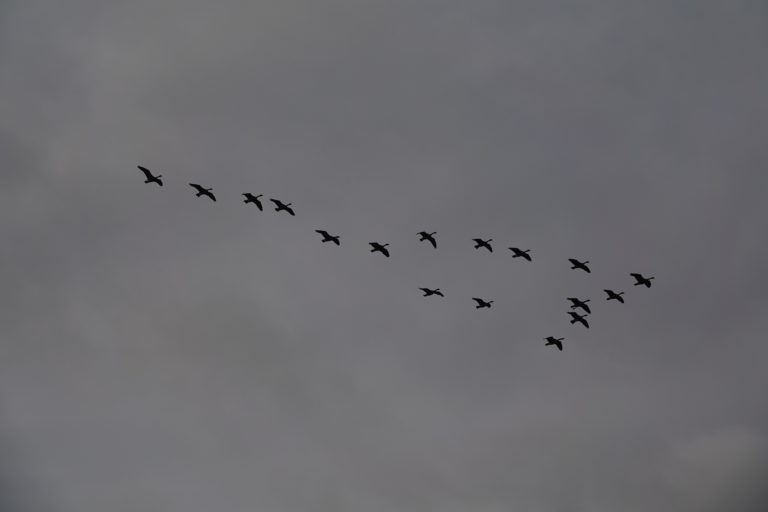
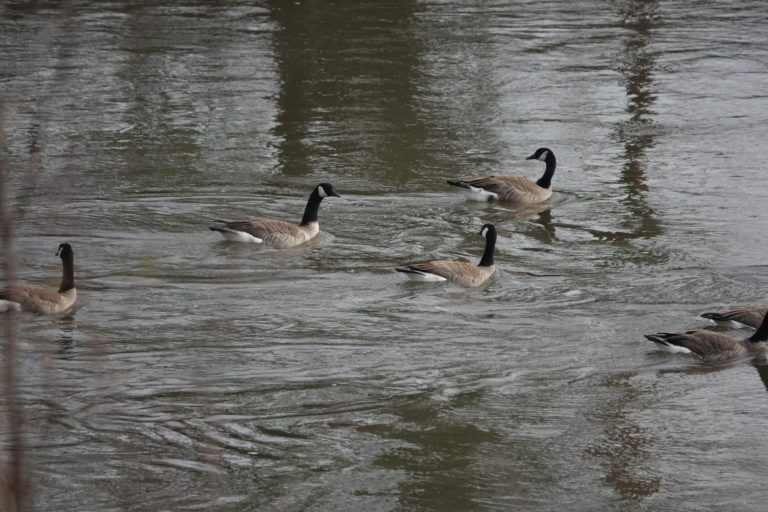
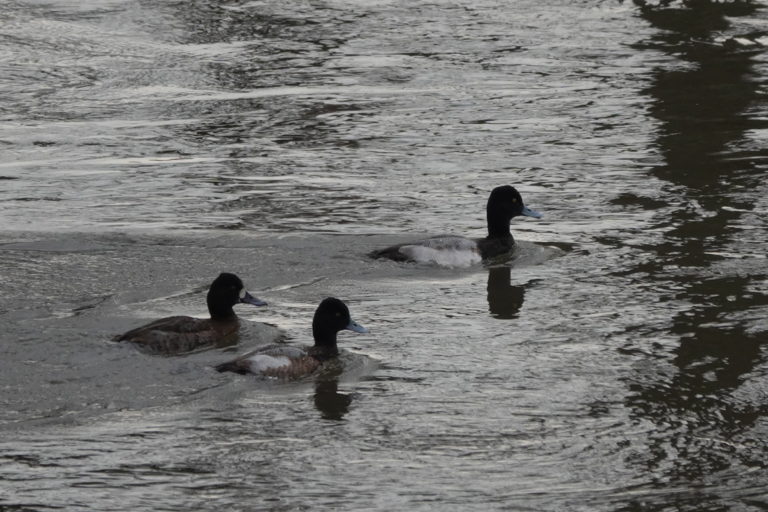
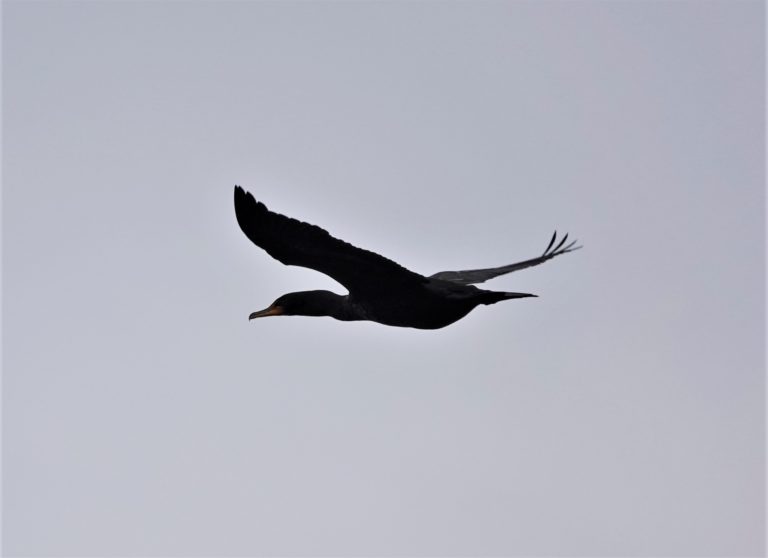


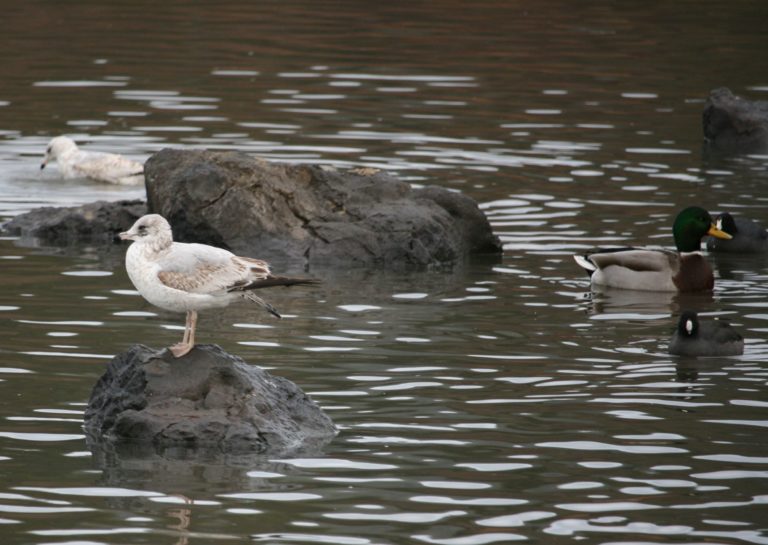
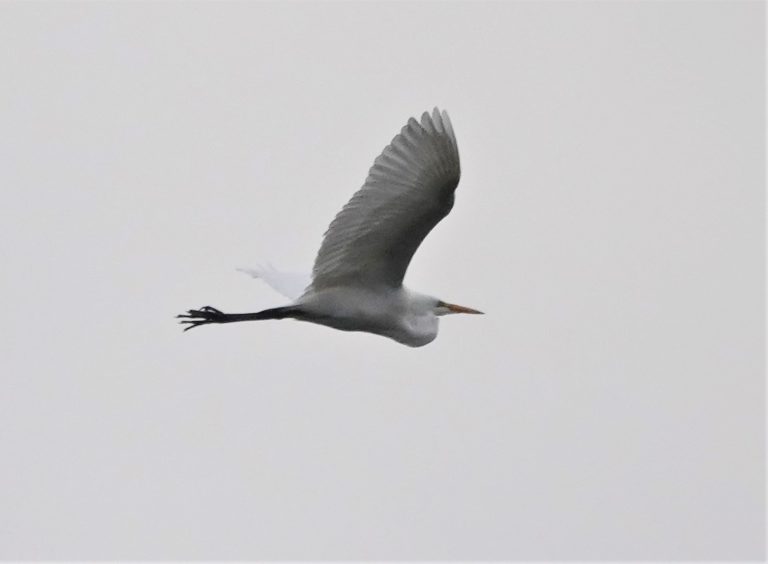
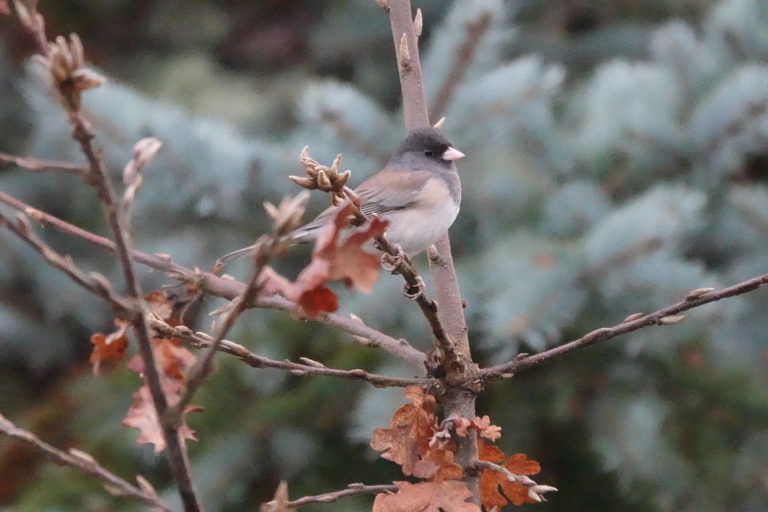



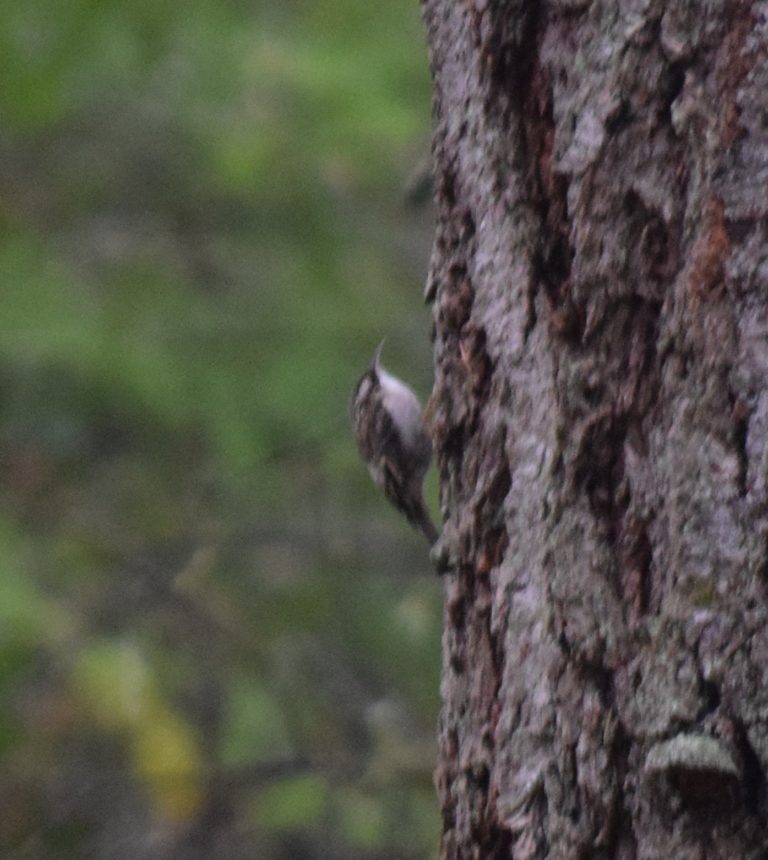
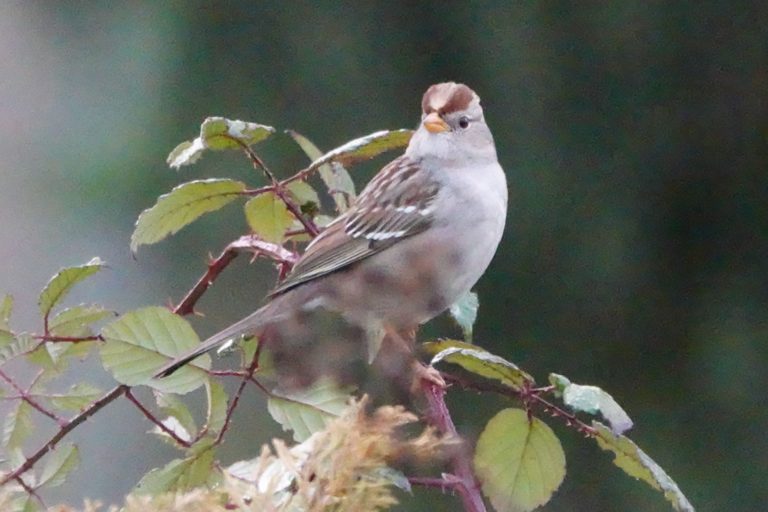
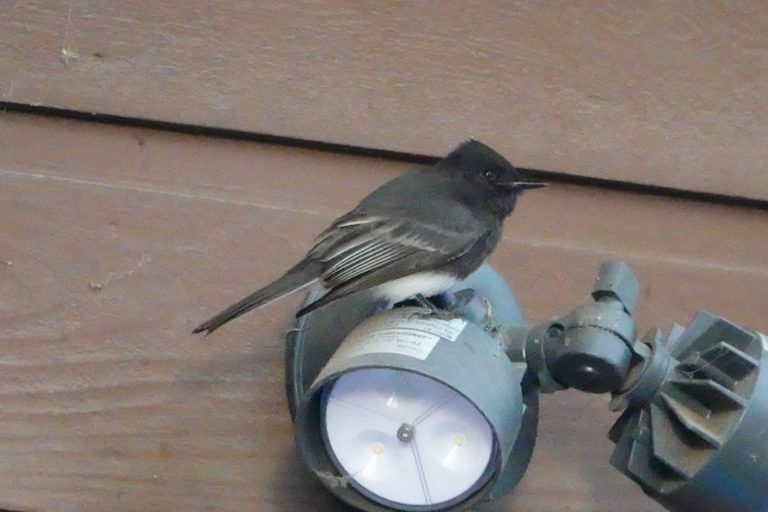


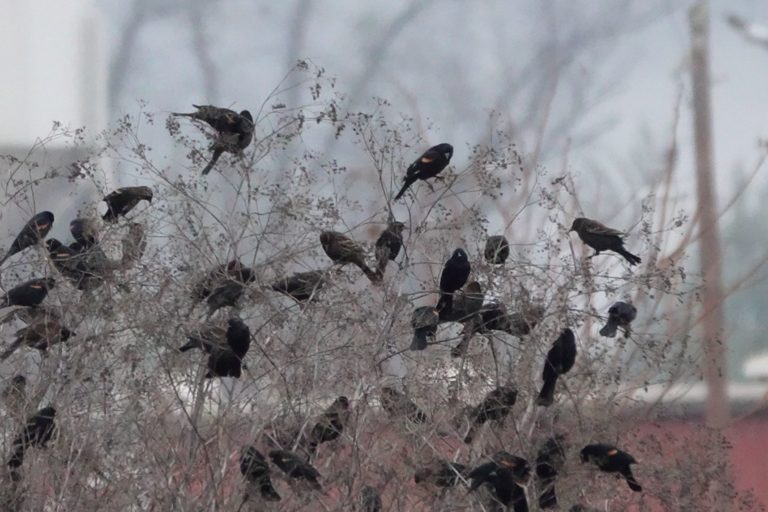
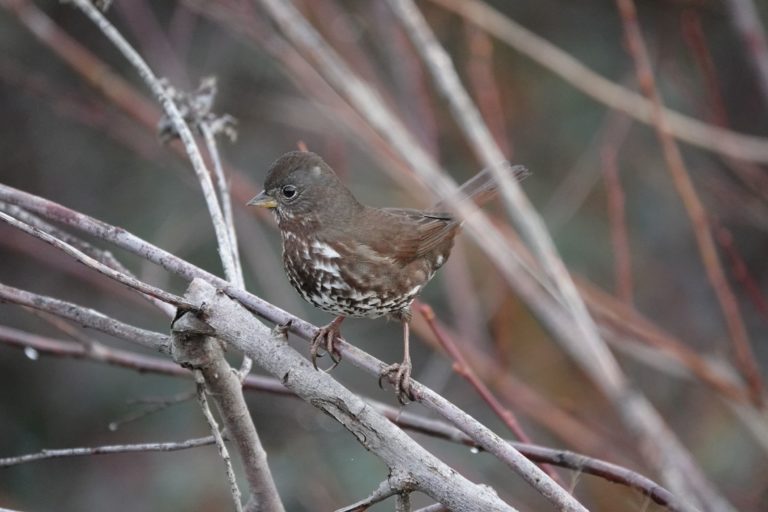
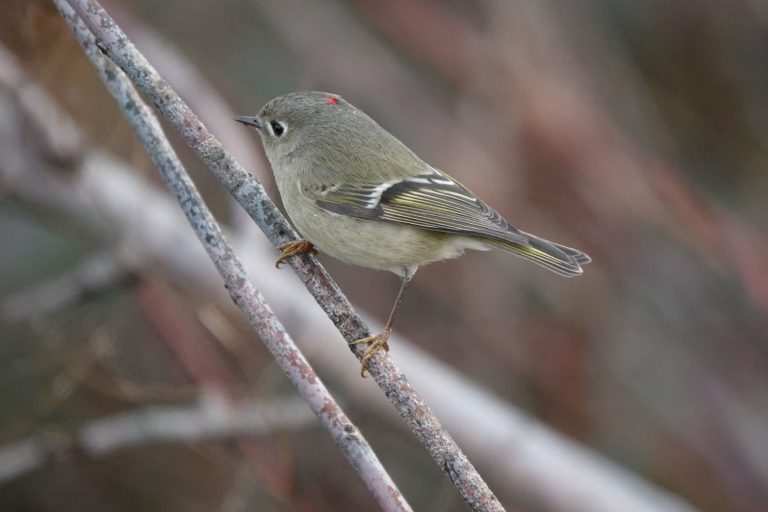

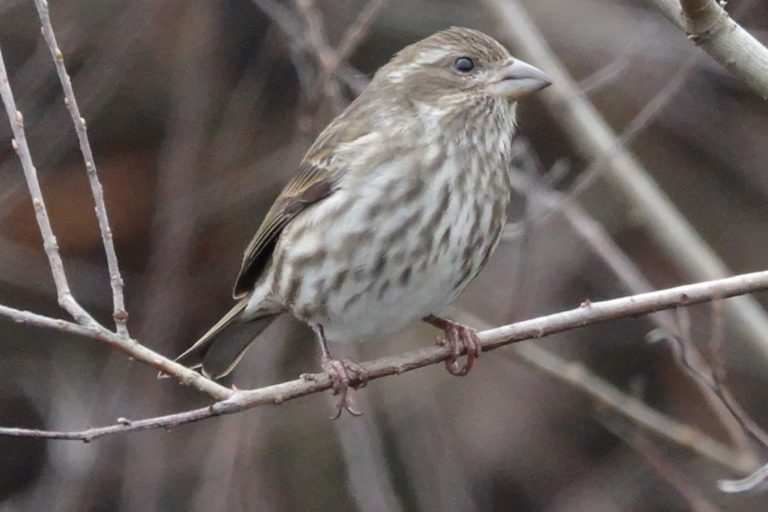
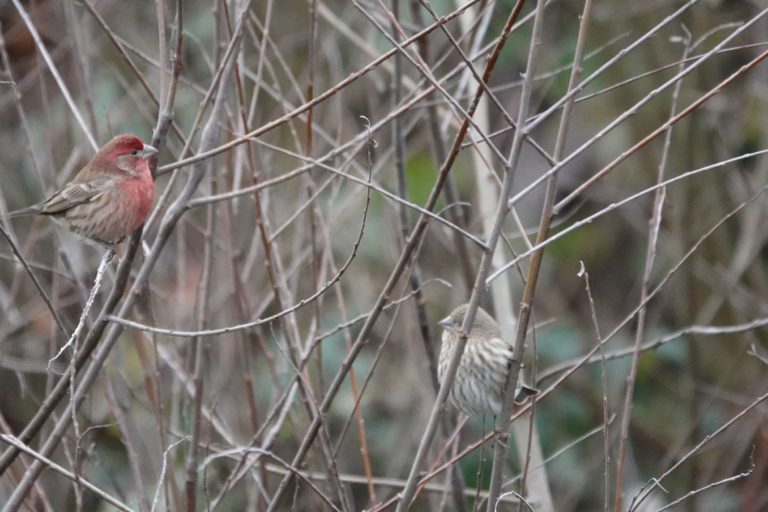
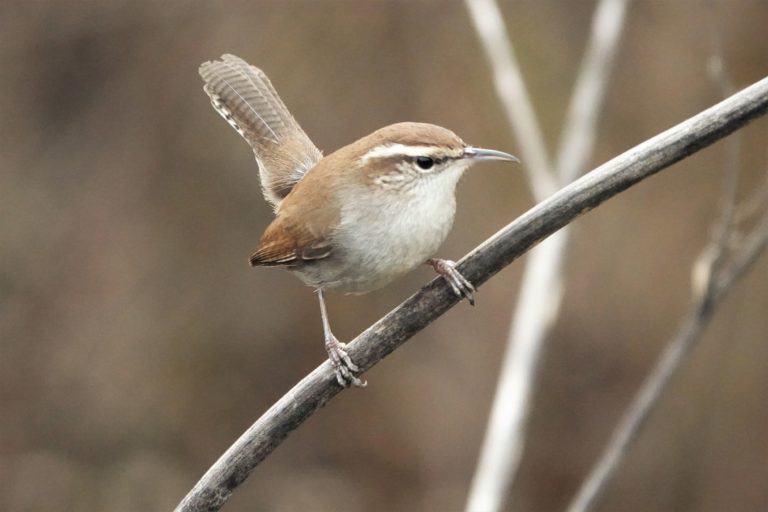

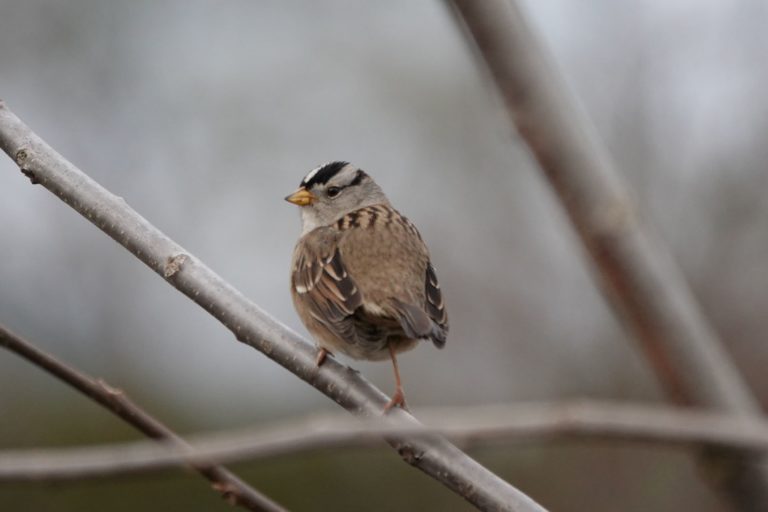
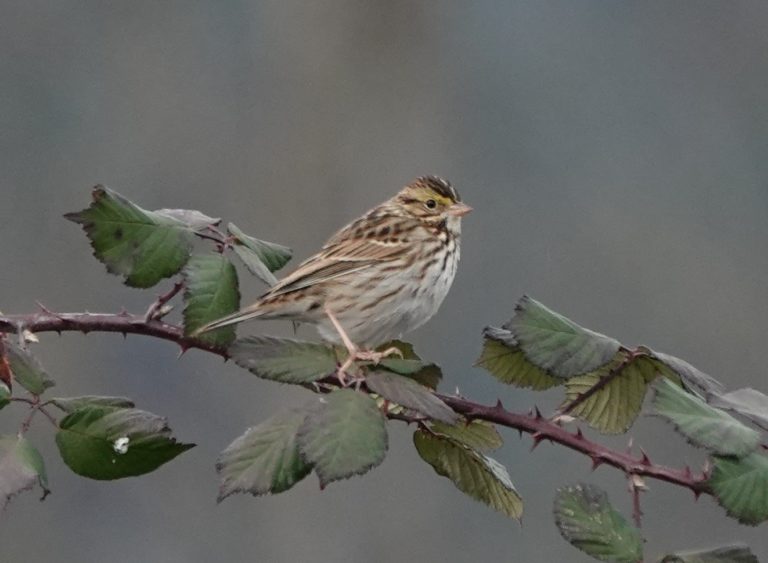
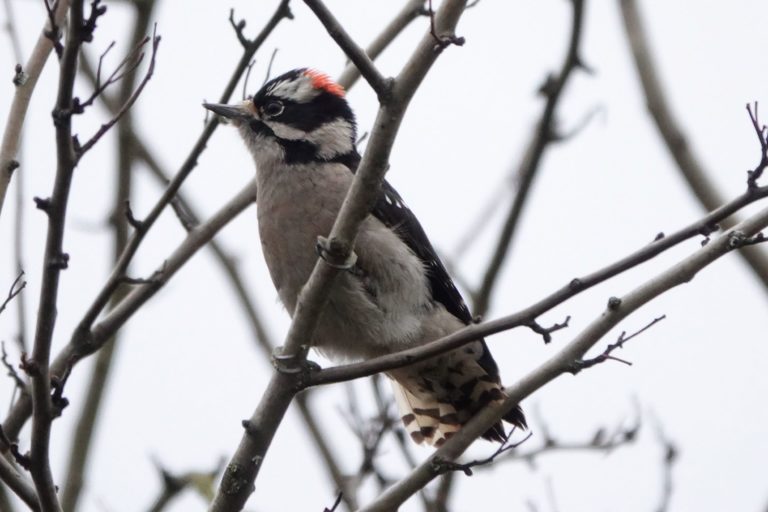

For a more detailed look at the numbers this year, check out these summary tables (also available at www.umpquabirds.org/cbc):
**Numbers of birds recorded by team area–sorted by taxonomy
**Numbers of birds recorded by team area–sorted by total number of each species
**Numbers of birds recorded by team area–sorted by number of team areas recording each species
Thank-you again to Jeannie Pollock for entering everyone’s tally
sheet data into her spreadsheet and eventually to the national CBC
database! It was a bit crazy this year and Jeannie had to wait for days as the tally sheets trickled in versus just taking them home from the countdown dinner like usual. So, despite these challenges, Jeannie came through again!
For more information on Christmas Bird Counts in Douglas County, see www.umpquabirds.org/cbc. Hope to see y’all and your friends next year!!!
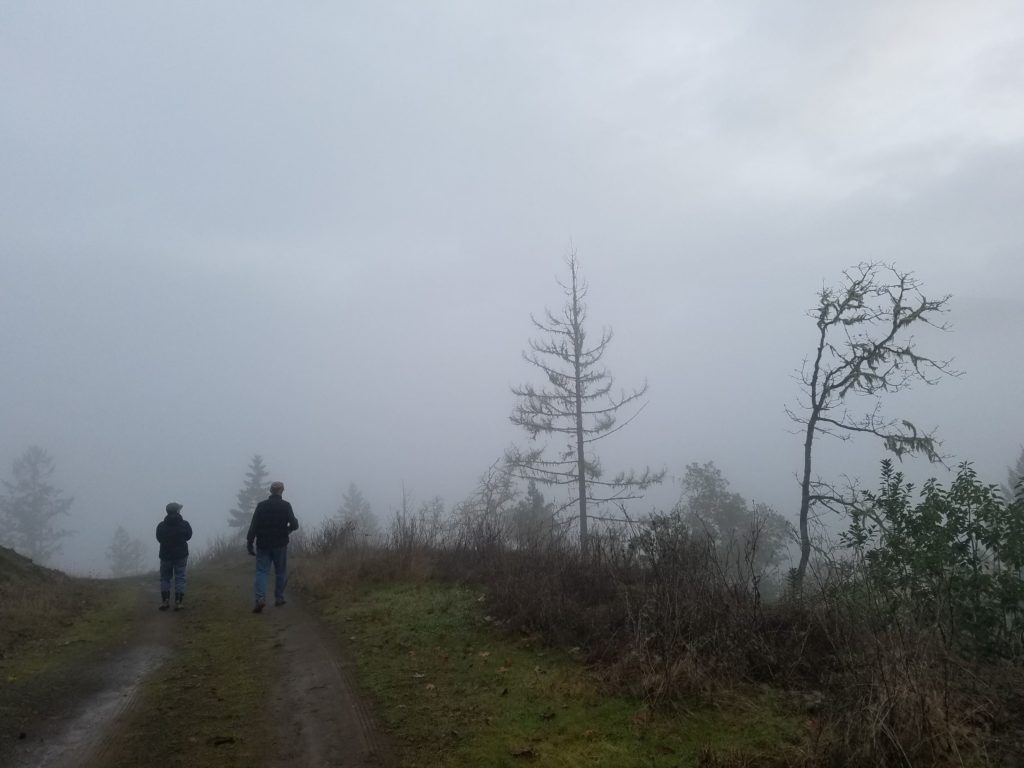
This Post Has 3 Comments
Thanks Matt for the well written report. Sorry to have missed it this year. Maybe next year things will be more normal. I enjoyed both the artwork and photos
Jim Hein
Matt, this is a great summary of our CBC, and thanks for all the information and photos. You did a terrific job matching birders to areas, in a year when nothing seemed normal. The overall numbers and species look very different than each individual area, as always happens, and only a thorough summary like you did evens out the inevitable variability. All of us owe so much to your writing and organizing, Jeannie’s attention to detail, and everyone who counted and contributed art and photos. We had a great time! Mikeal
I am so thrilled to see Elva’s art from count day. I too feel blessed every time l see another WTSP. To have Rich’s face beaming out at me hot on the heels of Elva’s Scrubjay, this is a Count with gravitas.